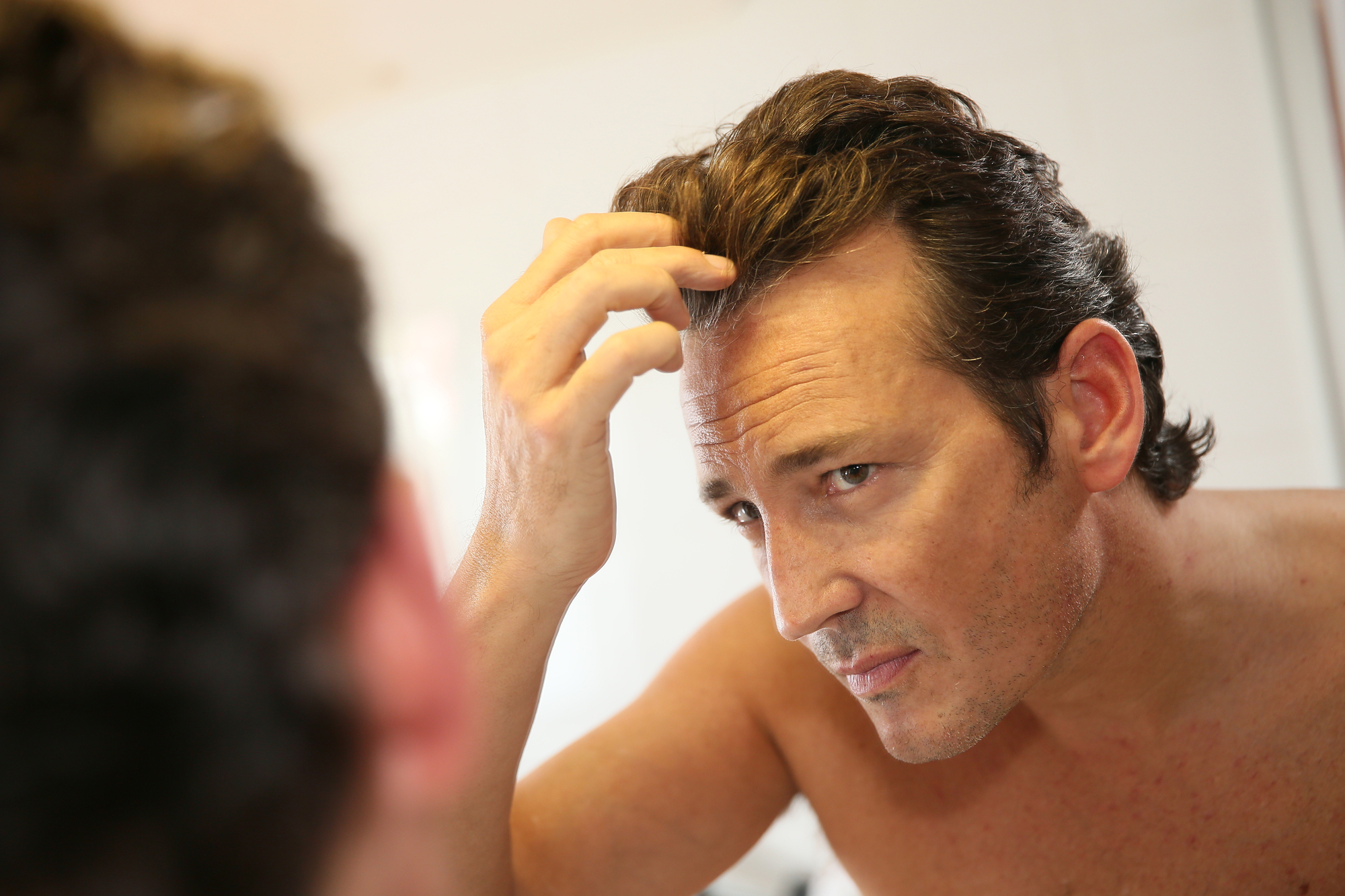
Understanding the Long-Term Effects of Hair Transplant Surgery
A hair transplant is a popular and effective solution for restoring hair loss, but a common question among potential patients is, “Will a hair transplant stop further hair loss?” While hair transplants can significantly improve hair density and appearance, they are not a cure-all for hair loss. In this blog, we will explore the relationship between hair transplants and ongoing hair loss, providing you with a comprehensive understanding of what to expect from the procedure and the strategies to manage future hair loss.
How Hair Transplants Work
To understand whether a hair transplant will stop further hair loss, it is crucial to first understand how the procedure itself works. Hair transplants involve moving hair follicles from a donor area (usually the back or sides of the head) to areas of thinning or balding on the scalp. These transplanted follicles are typically resistant to the hormone dihydrotestosterone (DHT), which is responsible for androgenetic alopecia, the most common form of hair loss.
Key Points of the Procedure:
- Follicular Unit Extraction (FUE): Individual hair follicles are extracted from the donor area and transplanted to the recipient area.
- Follicular Unit Transplantation (FUT): A strip of scalp is removed from the donor area, and individual follicular units are dissected and transplanted.
While the transplanted hair follicles are resistant to DHT and therefore less likely to fall out, this does not mean that hair loss will be entirely stopped.
Why Hair Transplants Don’t Stop Future Hair Loss
Here are the top reasons why a hair transplant does not necessarily stop further hair loss:
1. Transplants Address Only the Recipient Area
A hair transplant focuses on restoring hair to specific areas of thinning or baldness. However, it does not address the underlying genetic factors that cause hair loss. If you continue to experience hair loss in areas that were not treated during the transplant, you may notice further thinning or balding over time.
2. Progression of Androgenetic Alopecia
Androgenetic alopecia, or male/female pattern baldness, is a progressive condition. Even if the transplanted hair follicles are resistant to DHT, existing non-transplanted hair can continue to thin due to ongoing DHT effects.
3. Aging and Hair Loss
Hair loss can be a part of the natural aging process. Even after a successful hair transplant, aging can still affect both transplanted and non-transplanted hair. This means that you might continue to experience hair thinning as you get older.
4. Limited Donor Supply
The effectiveness of a hair transplant depends on the availability of healthy donor hair. If hair loss progresses significantly over time, you might not have enough donor hair to address future thinning areas.
5. Patient’s Hair Loss Pattern
The pattern of hair loss varies from person to person. If the underlying hair loss condition is not managed, you might face ongoing issues even after the transplant. The procedure addresses existing bald spots, but it cannot predict future hair loss patterns.
What Can You Do to Manage Future Hair Loss?
While a hair transplant does not stop further hair loss, there are several strategies to manage and potentially slow down future hair loss:
1. Medical Treatments
- Finasteride: A prescription medication that inhibits DHT production, which can help slow or prevent further hair loss.
- Minoxidil: An over-the-counter topical treatment that stimulates hair growth and can be used to maintain existing hair.
2. Lifestyle Changes
- Healthy Diet: A diet rich in vitamins and minerals supports overall hair health.
- Stress Management: Reducing stress through techniques like meditation or yoga can positively impact hair health.
3. Regular Follow-ups
- Consult Your Surgeon: Regular visits to your hair transplant surgeon can help monitor the health of your hair and address any concerns about ongoing hair loss.
Conclusion
While a hair transplant is an effective method for restoring hair and improving appearance, it does not stop future hair loss entirely. Understanding the reasons behind this limitation and adopting strategies to manage ongoing hair loss can help you maintain your results and ensure the longevity of your hair restoration.
Schedule a Free Consultation
At GetHair, we are committed to providing comprehensive guidance and support to help you navigate your hair restoration journey confidently. Our experienced team understands the concerns and challenges you face and is here to offer personalized solutions that address your unique needs.
Contact us today to schedule a consultation and explore how we can assist you in achieving your hair restoration goals. For more information and expert advice on hair transplants, visit our blog at GetHair. We’re here to guide you every step of the way toward a fuller, healthier head of hair.
Simply schedule a free consultation with GetHair to learn more about our hair transplant services and to begin the process.
To get more information about our treatments and hair transplant solutions, reach out to us.
References
- Unger, W. P. (2004). Hair Transplantation. Marcel Dekker.
- Norwood, O. T. (1975). Male Pattern Baldness. Journal of Urology. Link
- Rassman, W. R., & Bernstein, R. M. (2006). Hair Transplantation. Elsevier Health Sciences.
- Shapiro, J., & Saedi, N. (2015). Hair Loss Management. American Journal of Clinical Dermatology. Link
- Khandpur, S., & Kumar, A. (2015). Efficacy of Finasteride and Minoxidil in the Treatment of Androgenetic Alopecia. Indian Journal of Dermatology. Link
- Jang, Y. J., & Kim, Y. K. (2013). The Impact of Lifestyle and Diet on Hair Loss. Journal of Clinical and Aesthetic Dermatology.
